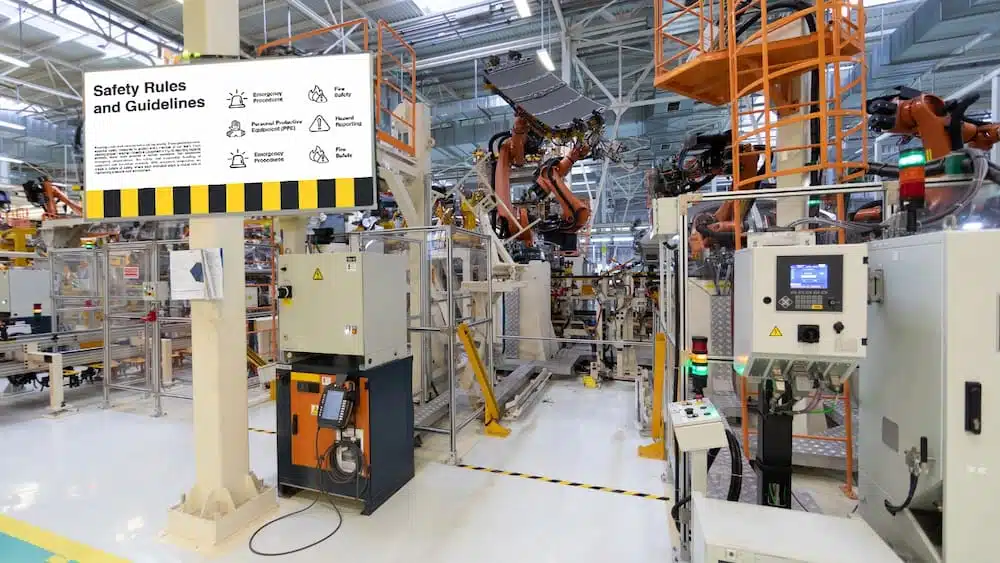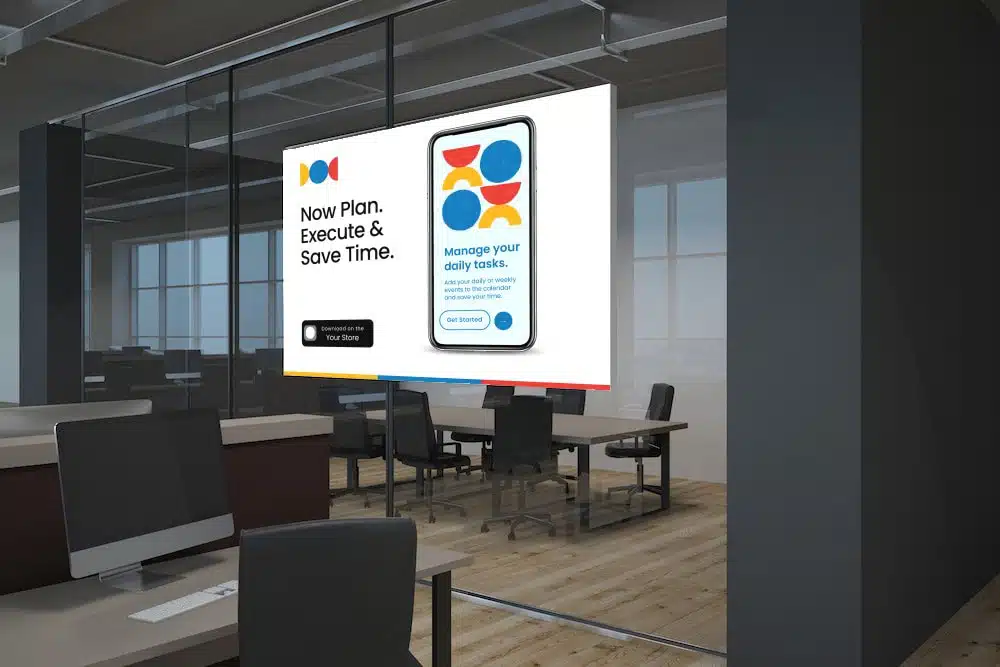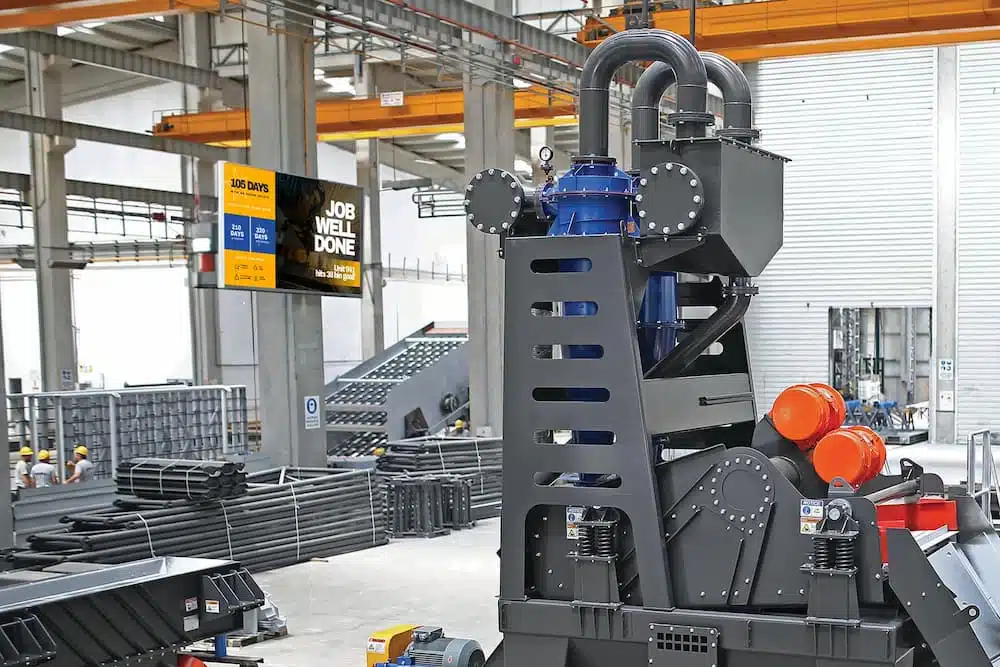A positive workplace experience is crucial for the success and well-being of employees. It not only contributes to job satisfaction but also improves productivity, engagement, and overall organizational culture. One of the key drivers of a positive workplace experience is effective internal communication.
In this blog, we will explore how internal communication plays a vital role in enhancing the workplace experience and discuss strategies for improving communication within your organization.
Understanding the Basics of Internal Communication
Internal communication refers to the exchange of information, ideas, and messages within an organization. It encompasses both formal and informal channels and involves various stakeholders, including leaders, managers, and employees. Effective internal communication ensures that everyone is on the same page, aligned with organizational goals, and informed about important updates and decisions. It facilitates collaboration, transparency, and engagement among employees.
Benefits of Effective Internal Communication in the Workplace
- Fostering a positive work environment: Open and effective communication creates a positive work environment where employees feel valued, respected, and included. It promotes a sense of belonging and cultivates a strong organizational culture.
- Building trust and employee engagement: Transparent and honest communication builds trust between employees and leadership. When employees feel informed and involved, they become more engaged, motivated, and committed to their work.
- Enhancing teamwork and collaboration: Clear communication channels and effective collaboration platforms enable teams to work together efficiently. Information sharing, brainstorming, and problem-solving become smoother, leading to improved teamwork and innovation.
- Boosting productivity and efficiency: When communication is streamlined and effective, employees spend less time deciphering unclear messages or searching for information. This leads to increased productivity and efficiency in day-to-day operations.
- Improving employee satisfaction and retention: When employees are well-informed, have a voice, and feel heard, their job satisfaction increases. They are more likely to stay with the organization, reducing turnover and the associated costs.
Strategies for Enhancing Internal Communication
Clear and Consistent Messaging
- Developing a strong company culture and values: Clearly define your organization’s culture, values, and goals. Ensure that these are communicated consistently through various channels, aligning all messaging with the overarching mission.
- Crafting effective internal communication messages: Tailor messages to specific audiences and ensure clarity, relevance, and brevity. Use language that is easily understood by all employees and avoid jargon or technical terms that may create confusion.
- Ensuring consistency across different communication channels: Whether it’s in-person meetings, emails, or intranet platforms, maintain a consistent tone and message across all communication channels. This helps to reinforce the key points and avoid contradictory information.
Utilizing Appropriate Communication Channels
- Face-to-face communication: In-person interactions are essential for building relationships and addressing sensitive matters. Encourage face-to-face communication whenever possible, whether through team meetings, one-on-one discussions, or town hall sessions.
- Email and instant messaging: Emails and instant messaging platforms are useful for quick updates, sharing documents, and facilitating asynchronous communication. However, ensure that the tone remains professional and respectful, and avoid excessive reliance on emails for important discussions.
- Intranet and collaboration platforms: Utilize intranet portals and collaboration tools to centralize information, documents, and discussions. These platforms promote transparency, enable knowledge sharing, and provide easy access to resources for all employees.
- Digital signage for visual communication: Digital signage displays strategically placed in common areas can effectively communicate important messages, announcements, and company updates to a large number of employees simultaneously.
- Town hall meetings and team huddles: Organize regular town hall meetings and team huddles to foster open dialogue, address concerns, and provide updates from leadership. These interactive sessions allow for direct employee engagement and create a sense of belonging.
- Surveys and feedback mechanisms: Implement regular surveys and feedback mechanisms to gather insights, suggestions, and opinions from employees. This demonstrates that their voices are valued and provides valuable data for continuous improvement.
Promoting Transparency and Open Communication
- Sharing company updates and information: Ensure that important company updates, such as changes in policies, goals, or leadership, are communicated transparently and in a timely manner. This builds trust and keeps employees well-informed.
- Encouraging feedback and suggestions: Create a culture where feedback and suggestions are actively sought and encouraged. Provide multiple channels for employees to express their ideas, concerns, and opinions, such as suggestion boxes, online forums, or dedicated feedback sessions.
- Creating platforms for employee voice and expression: Establish platforms, such as employee newsletters, blogs, or internal social media groups, where employees can share their experiences, achievements, and innovative ideas. This promotes collaboration, employee recognition, and a sense of community.
Active Listening and Feedback Mechanisms
- Providing opportunities for employee feedback: Actively listen to employee feedback and take it into account when making decisions. This helps employees feel valued, acknowledged, and involved in the decision-making process.
- Implementing performance reviews and constructive feedback sessions: Regular performance reviews and constructive feedback sessions provide opportunities for managers and employees to engage in meaningful conversations, set goals, and identify areas for growth.
- Encouraging dialogue and addressing concerns: Create an environment where employees feel comfortable raising concerns, discussing challenges, and seeking solutions. Address issues promptly and transparently to build trust and resolve conflicts.
Overcoming Challenges in Internal Communication
Internal communication can face various challenges that hinder its effectiveness. Some common challenges include language and cultural barriers, remote and distributed workforce challenges, information overload, communication fatigue, and resistance to change. Addressing these challenges requires a proactive approach, such as providing language support, leveraging technology for remote communication, streamlining information flow, and implementing change management strategies.
Conclusion
Effective internal communication is a powerful tool for enhancing the workplace experience. By fostering a positive work environment, building trust, promoting collaboration, and improving employee satisfaction, organizations can reap the benefits of improved productivity and retention. By implementing the strategies discussed in this blog, you can enhance internal communication within your organization and create a workplace where employees thrive, contribute, and feel valued.
Invest in effective internal communication and consider the power of digital signage as part of your communication strategy. With the right approach and the support of reliable providers like S3 Technologies, you can take your workplace experience to new heights and foster a culture of effective communication, collaboration, and success. Your employees will thrive, and your organization will reap the rewards of a motivated and engaged workforce.









